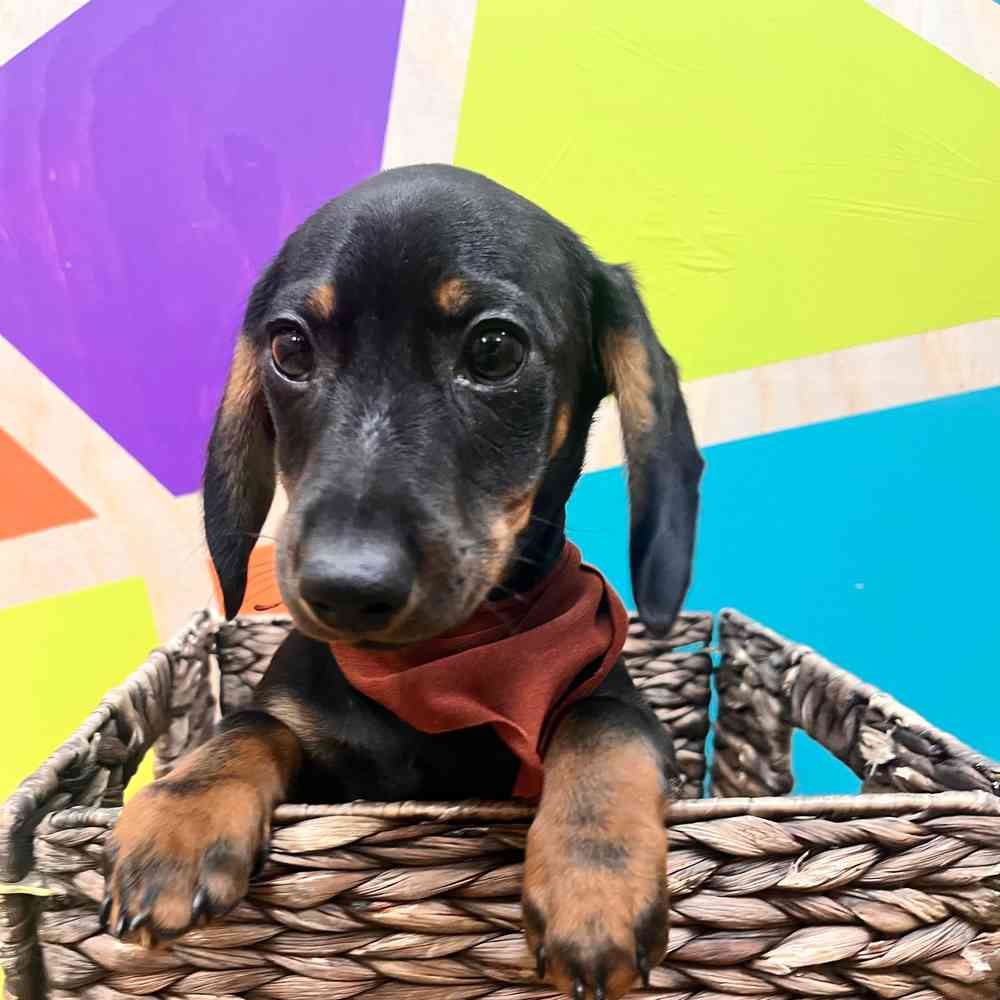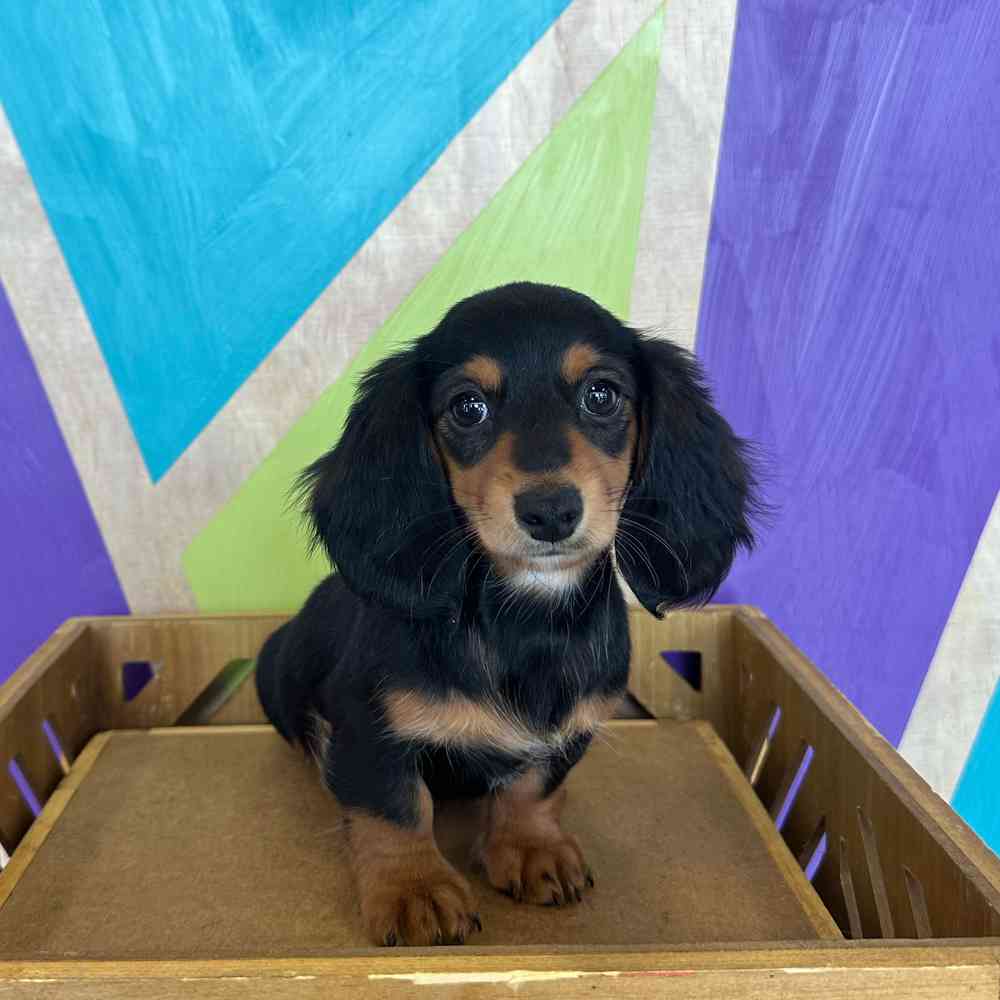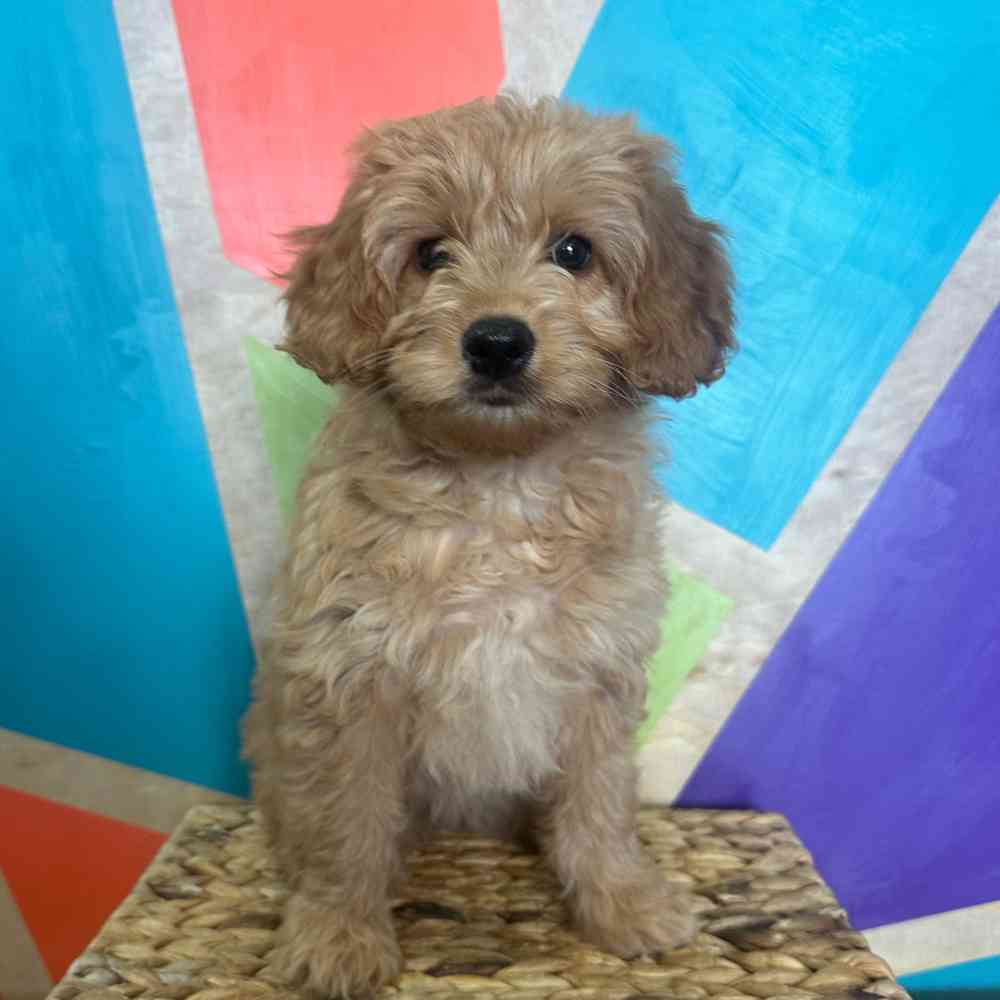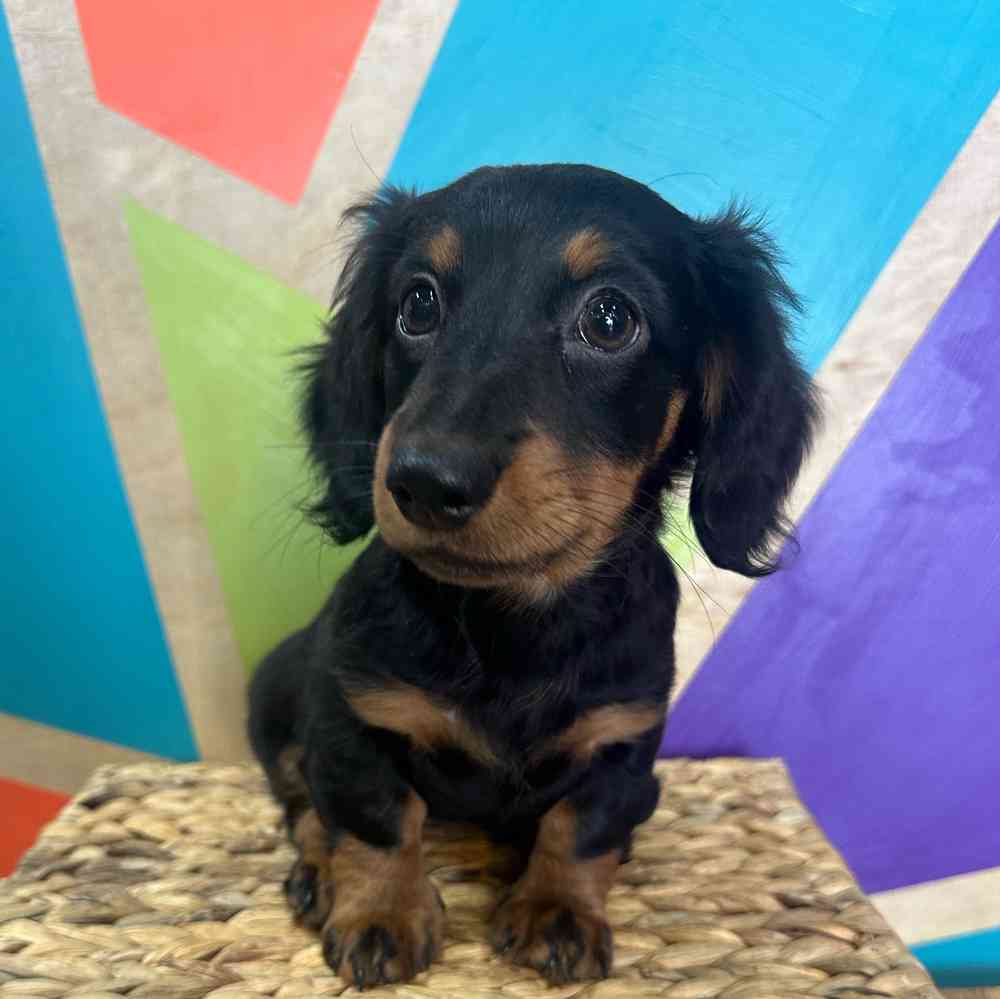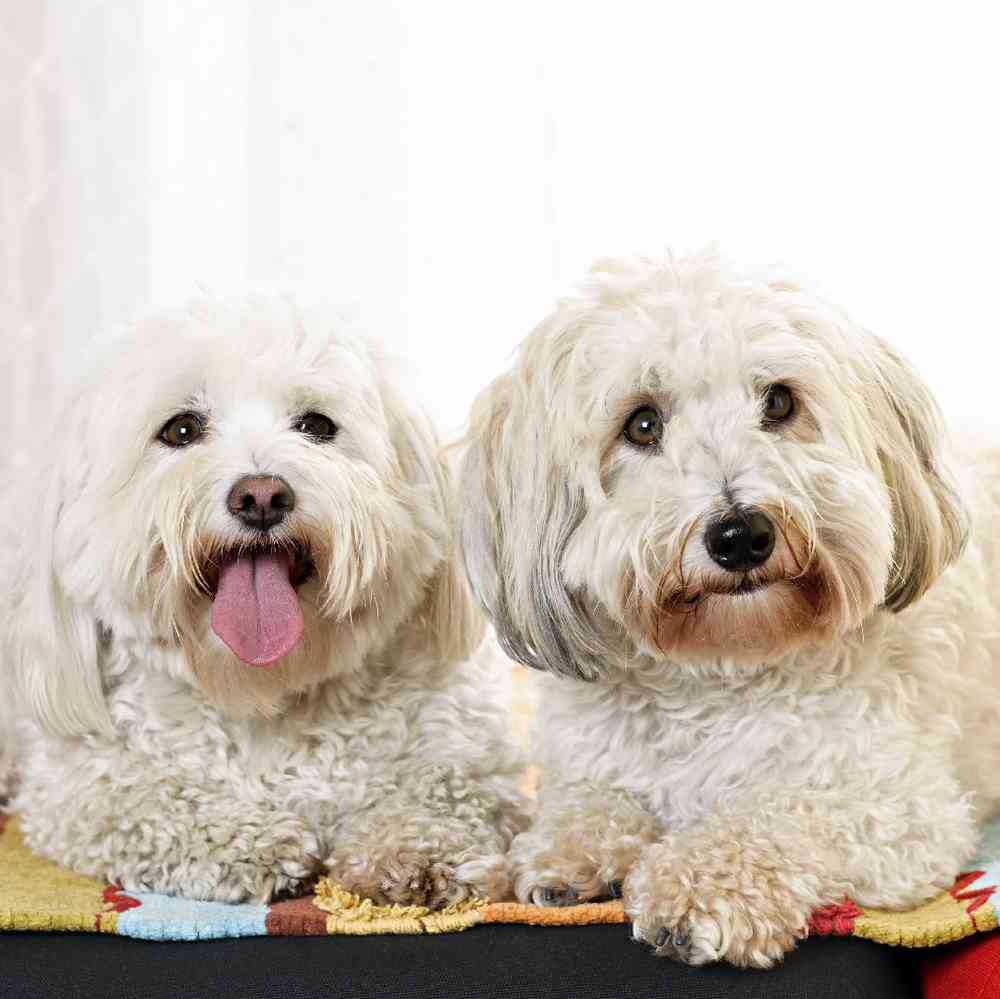
Coton De Tulear
The Coton de Tulear, “Royal Dog of Madagascar,” is a bright, happy-go-lucky companion dog whose favorite activities include clowning, cavorting, and following their special human around the house. The Coton is small but robustly sturdy.
Available Puppies
Breed Standard
General Appearance
The Coton de Tulear, also known as the "Royal Dog of Madagascar", is a hardy, sturdy small white companion dog. The breed is endowed with a bright intelligence, is gay and energetic, and at times boisterous but never demanding. The Coton de Tulear is naturally clownish and lighthearted, as well as calm and easygoing. The breed possesses a remarkable gentle, sympathetic awareness to those around and is known for expressing unique vocalizations. In Madagascar, the Coton de Tulear survived in packs in the wilderness, later to become a companion dog of the native Malagasy and Merina tribal nobles. The Coton de Tulear is asunique as many animals found on this wild and isolated island. The Coton de Tulear is characterized by a natural long, white, dry, profuse, cotton-like coat, rounded lively dark eyes, black on white “joie de vivre” expressive smile and witty personality. The breed is somewhat longer than tall. The topline is very slightly arched over the loin with a happily carried tail curved over the back on the move. At rest, the tail is down with an upward hook at the tip revealing the distinguishing outline of the Coton de Tulear
Size, Proportion, Substance
Size - Height - The ideal height for bitches is 9 to 10 inches and for dogs is 10 to 11 inches. A tolerance of ½ inch below the minimum ideal height or 1 inch above the maximum ideal height is allowed but not preferred. Disqualification - any bitch less than 8½ inches or taller than 11 inches in height; any dog less than 9½ inches or taller than 12 inches in height. The minimum height disqualification does not apply to puppies under 12 months of age. Substance - Weight - The Coton de Tulear is a sturdy small dog and should never appear fragile. The ideal weight for bitches is 8 to 13 pounds and for dogs is 9 to 15 pounds. When dogs are judged equal in type, proportion, coat and movement, the bitch/dog within the ideal height and weight range is to be given preference. Proportion - The height measured at the withers is two-thirds the length as measured from point of shoulder to point of buttocks. This proportion creates a rectangular outline. Specimens should never appear long and low.
Head
The head is short and triangular in shape when seen from above. The length of the head (nose to occiput) in relationship to the length of the body (point of shoulder to point of buttock) is 2 to 5. Expression - The expression is lively, intelligent, inquisitive, alert and happy. The Coton’s “joy of life” is displayed in their expression. Eyes - The eyes are rather rounded, dark brown or black in color, lively, set wide apart with the inner corners and the outer corners on the same level. The rims of the eyelids are completely pigmented in black. Severe Fault - An overly large or bulging eye is a severe fault as is an almond shaped, obliquely set eye. Disqualifications - Eye/s of any color other than brown or black. Total lack of pigment on the eye rim(s). Ears - The ears are pendulous, triangular, set high on the skull and attached above the line of the eyes. They are fine at the tips, carried close to the cheeks and reach to the corners of the lips. The ears are covered with white hairs or with some traces of grey (mixture of white and black hairs giving a light grey appearance) or light tan (mixture of white and light tan hairs.). Skull - The skull as seen from the front is slightly rounded. It is rather wide in relation to its length. The superciliary arches are only slightly developed. There is a slight frontal groove. The occiput and crest are only slightly accentuated. The zygomatic arches are well developed. Stop - The stop is slight. Cheeks - The cheeks are lean. Muzzle - The muzzle is straight. The length of the muzzle in relationship to the skull is 5 to 9. The muzzle as seen from the front must be rather large and capacious with a strong chin. Nose - At the end of the nasal bridge, the nose continues as an extension of the same line. The nose has the shape of a rounded triangle, is completely pigmented in black with the nostrils well-open. Disqualification - Total lack of pigment on the nose. Lips - The lips are fine, tight, and completely pigmented black. Disqualification - Total lack of pigment on the lips. Flews - The flews are tight. Teeth - The teeth are well-aligned, strong, white. Complete dentition is preferred with the exception of the PM1 and the M3. Bite - The bite is a scissor or level bite without losing contact
Neck, Topline, Body
The neck is slightly arched, of moderate length, blends smoothly into the shoulders and is in balance with the height and length of the dog. Topline - The withers are only slightly pronounced. The topline runs smoothly from the withers to the loin. Beginning over the loin, is a graceful natural arch, not too accentuated, that carries through over the croup. The arch is continuous without flatness, resulting in a low tail set. Fault - A dip behind shoulder blades or a steep or flat croup is to be penalized. Severe Fault - A wheel back or flat back are to be severely penalized. Body - The body is longer than high. The height measured at the withers is two-thirds the length as measured from point of shoulder to point of buttocks. This proportion creates a rectangular outline. Chest - The chest is long, well-developed and well-let down to elbow level. The forechest is well-pronounced and protrudes well-forward of the point of shoulder. Ribs - The ribs are well-sprung. The ribcage extends well-back. Underline - The underline follows the profile of the sternum, then rises slightly toward the belly. Tuck-up - The belly is tucked-up but not excessively. Back - The back is strong. Loin - The loin is well-muscled and short. It is fundamental that the loin is short. If it is wide and strong, it helps to give stability to the entire dog’s movement. Croup - The croup is oblique, short and muscled.
Tail
Tail - The tail is low set in the axis of the spinal column. At rest it is carried below the hock with the tip being raised. On the move the tail is carried happily. It is curved over the back so that the hair of the tail rests on the back with the point towards the nape, the withers, the back or the loin. In specimens with abundant coat, the tip may rest on the dorsal-lumbar region. Fault - A tail that does not reach the hock; a tail that has a complete curl loop; a gay tail; a tail that is carried completely flat over the body (snap tail). Disqualification - No tail.
Forequarters
Shoulders - The shoulder is muscular. Shoulder Blades - The shoulder blades are laid back to somewhat near a 30 degree angle off the vertical. Upper Arm - The length of the upper arm corresponds approximately to that of the shoulder blade. The upper arm extends well back so that the elbow is placed directly below the top of the shoulder blade when viewed from the side and structurally the elbows are held close to the body. The scapula- humeral angle is about 120 degrees. Legs - The front legs are upright. The lower arms are vertical and parallel. They are well-muscled with good bone. The length of the lower arm corresponds approximately to that of the upper arm. The corpus (pastern joint) is a continuation of the line of the lower arm. There is no bow or curve in the forearm or wrist. Pasterns - The pastern is strong. When seen in profile, it is sloping very slightly. Dewclaws may be left natural or may be removed. Feet - The feet are small and round. Toes - The toes are tight and arched. Pads - The pads are completely pigmented black.
Hindquarters
Angulation - The pelvis is sloped at approximately 30 degrees off the horizontal. The pelvis meets the femur at an angle of about 80 degrees. The angle of femur to lower thigh is about 120 degrees. Legs - The hind legs are muscular from hip to hock. Upper and Second Thigh - The upper thigh and lower thigh are approximately equal in length. Hock Joint - The hock joint is dry and well defined. The height of the hock joint when measured to the ground is slightly less than the length of the lower thigh. Hocks (Rear Pastern) - The rear pastern is perpendicular to the ground from any angle. Dewclaws - Dewclaws may be left natural or may be removed. Feet - The feet are small and round. Toes - The toes are tight and arched. Pads - The pads are completely pigmented black.
Coat
This is one of the main characteristics of the breed from which its very name derives. The coat is very soft and supple, with the texture of cotton. It is never hard or rough. The coat is dense, profuse and can be very slightly wavy. A puppy coat is much softer in texture than an adult coat. Severe Fault -Atypical hair or hair that is tightly curled, wooly or silky. Skin - The skin is fine and stretched tight all over the body. Although of pink color, it can be pigmented
Color
Coat color is white. On the ears - A few slight shadings of light grey (mixture of white and black hairs) or of light tan (mixture of white and light tan hairs) are permitted on the ears. These shadings are only tolerated but are not desirable. Exception - Ears are not considered when applying the excess of 5 percent color to the body as a serious fault. On the body - Light tan shadings (mixture of white and light tan hairs) are permitted on 5 percent of the body of an adult Coton over 12 months of age. These light tan shadings may appear in one area of the coat or scattered throughout the coat. These shadings should never be so intense or deep in color or be so heavily marked on the coat that they alter the overall appearance of a white coat. When all other considerations are equal, the judge should give preference to the dog whose coat has the most amount of white. Severe Fault- Any color, except 5 percent of light tan (mixture of white and light tan hair) appearing in one area of the coat or scattered throughout the coat is a severe fault in an adult Coton over 12 months of age. Exception: Puppy Color - does not apply to puppies with color under 12 months of age. Puppies with color under 12 months of age may have the acceptable colors of light tan, light brown, darkbrown, chestnut or grey on the body and head. These colors have the potential to fade to the acceptable 5 percent allowance by one year of age and should not be penalized. Disqualification - Black on the body is a disqualification at any age.
Gait
When trotting the gait is a moderate free and easy movement. The top line is retained on the move. There should be no sign of uneven movement
Temperament
Of a happy temperament, stable, very sociable with humans and other dogs, adapting perfectly to all ways of life. The temperament of the Coton de Tulear is one of the main characteristics of the breed.
Faults
Any deviation from the ideal described in the standard should be penalized to the extent of the deviation. A tail that does not reach the hock; a tail that has a complete curl (loop); a gay tail; a tail that is carried completely flat over the body (snap tail). A dip behind shoulder blades or a steep or flat croup is to be penalized. Severe Faults: A wheel back or flat back are to be severely penalized. An overly large or bulging eye is a severe fault as is an almond shaped, obliquely set eye. Atypical hair or hair that is tightly curled, wooly or silky. Any trimming, sculpting or grooming of the coat which alters the natural appearance. Any color, except 5 percent of light tan (mixture of white and light tan hair) appearing in one area of the coat or scattered throughout the coat is a severe fault in an adult Coton over 12 months of age
Disqualifications
Height - Any bitch less than 8½ inches or taller than 11 inches in height; any dog less than 9½ inches or taller than 12 inches in height. The minimum height disqualification does not apply to puppies under 12 months of age. Eye(s) of any color other than brown or black. Total lack of pigment on the eye rim(s), nose or lips. Color - Black on the body is a disqualification at any age. No tail.

